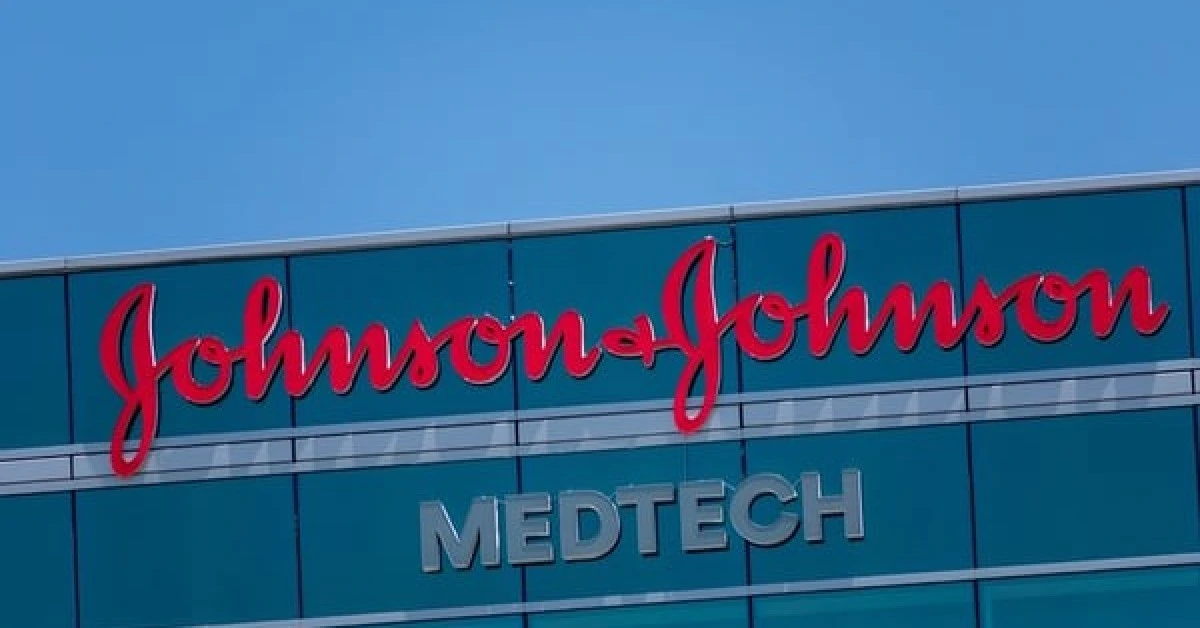
USA – Johnson & Johnson has officially completed a significant rebranding, uniting several of its healthcare technology companies under a single name—Johnson & Johnson MedTech.
This includes Biosense Webster, Abiomed, Cerenovus, and other subsidiaries. The company believes that this move will strengthen its position in the healthcare sector and enhance its competitiveness.
The roots of this transition trace back to 1997 when Johnson & Johnson first agreed to acquire Biosense Webster for US $400 million in shares.
Cerenovus, on the other hand, was formed in 2017 following the integration of Pulsar Vascular and Neuravi. The company also acquired Abiomed in November 2022.
With this rebranding, these companies, alongside Ethicon and DePuy Synthes, will now operate under the unified Johnson & Johnson MedTech banner.
Tim Schmid, the executive vice president and worldwide chairman of MedTech at Johnson & Johnson, explained in a statement, “By bringing our medtech businesses together under the Johnson & Johnson name, the scale of our impact in healthcare will be even more apparent, unlocking new opportunities for us to strengthen our competitiveness.”
However, he emphasized that while these companies will now operate as Johnson & Johnson MedTech, the legacy of their respective brands—such as their products, services, and collaboration approaches—will continue.
These brands have long been trusted names in healthcare, and their traditions will be honored. This change will be reflected across social media and marketing materials in the coming weeks.
The company also reassured that this rebranding will not affect the Johnson & Johnson MedTech portfolio.
Regarding other recent acquisitions, the company’s acquisition of Shockwave Medical for US $13 billion in May, which is now part of Johnson & Johnson MedTech, was not included in this rebranding.
Similarly, J&J completed the acquisition of V-Wave for up to US $1.7 billion in October last year.
V-Wave’s premier technology, the Ventura Interatrial Shunt System, is designed to alleviate pressure on the left atrium and lungs in patients with heart failure with reduced ejection fraction (HFrEF).
Although it has not yet received full approval from the U.S. Food and Drug Administration (FDA), the device was granted FDA’s breakthrough device designation in 2019.
The Ventura device, which anchors to a patient’s fossa ovalis to prevent migration or embolization, is implanted via an interventional procedure using fluoroscopy and echocardiography guidance.
It was the focus of the RELIEVE-HF trial, a randomized study evaluating the safety and effectiveness of the device in treating heart failure patients.
After a median follow-up of 22 months, the device showed positive outcomes for patients with HFrEF, providing significant relief.
Gregg Stone, MD, presenting the trial data at the ACC.24 conference, noted that the results were “very, very positive” for patients with HFrEF, though there was no benefit for patients with heart failure with preserved ejection fraction.
XRP HEALTHCARE L.L.C | License Number: 2312867.01 | Dubai | © Copyright 2025 | All Rights Reserved